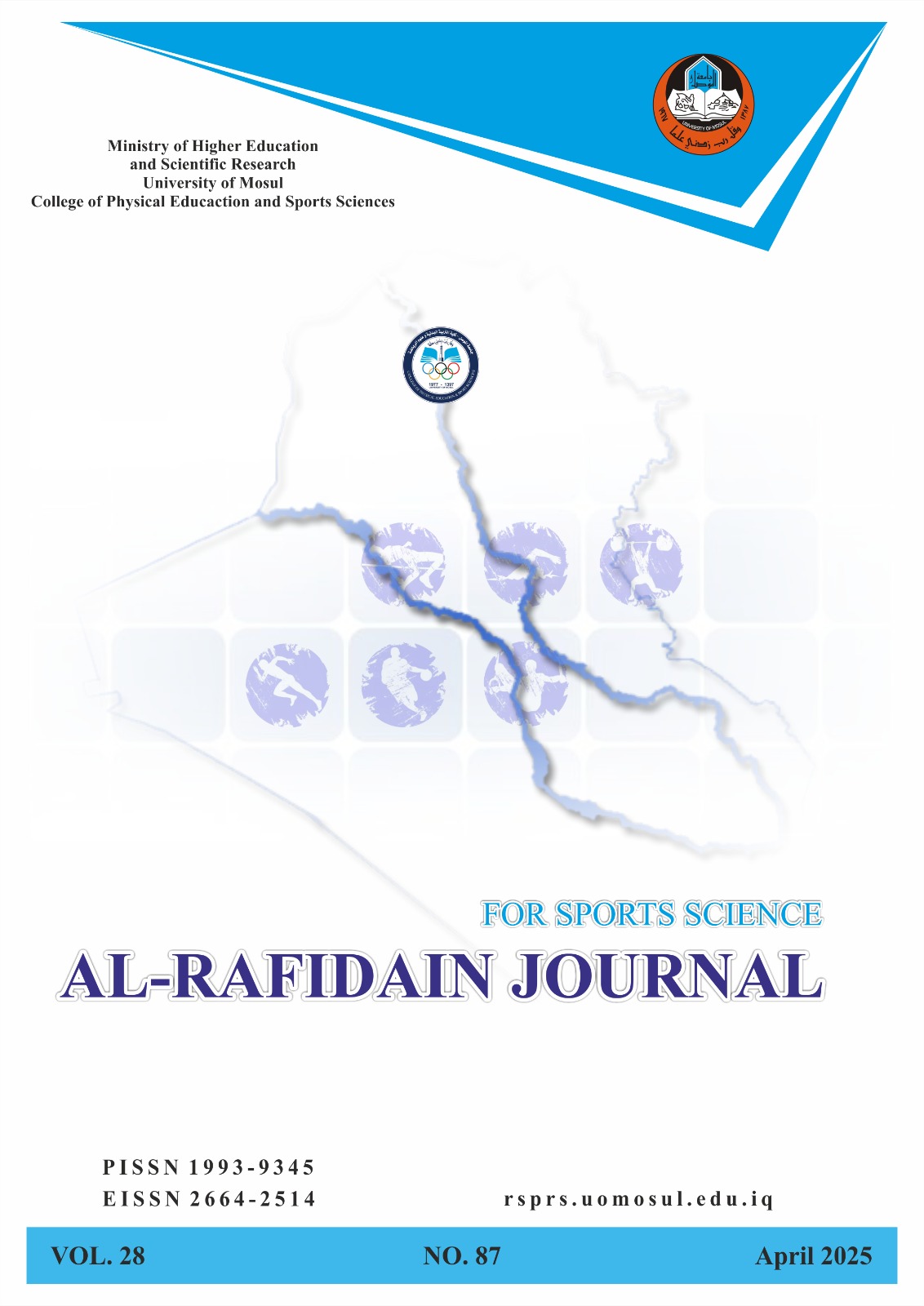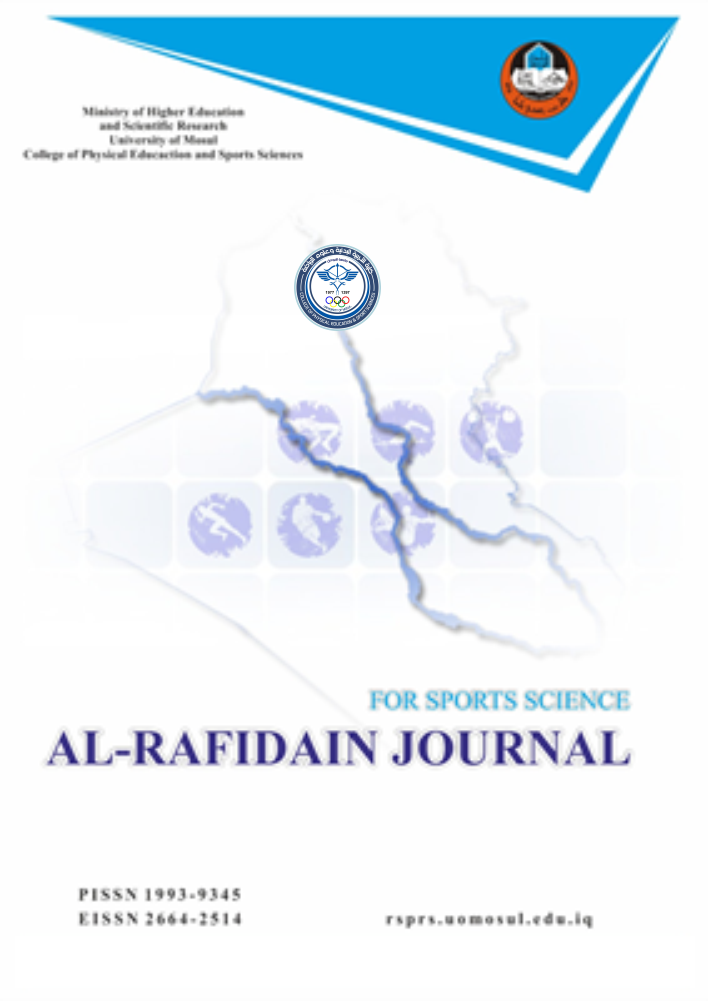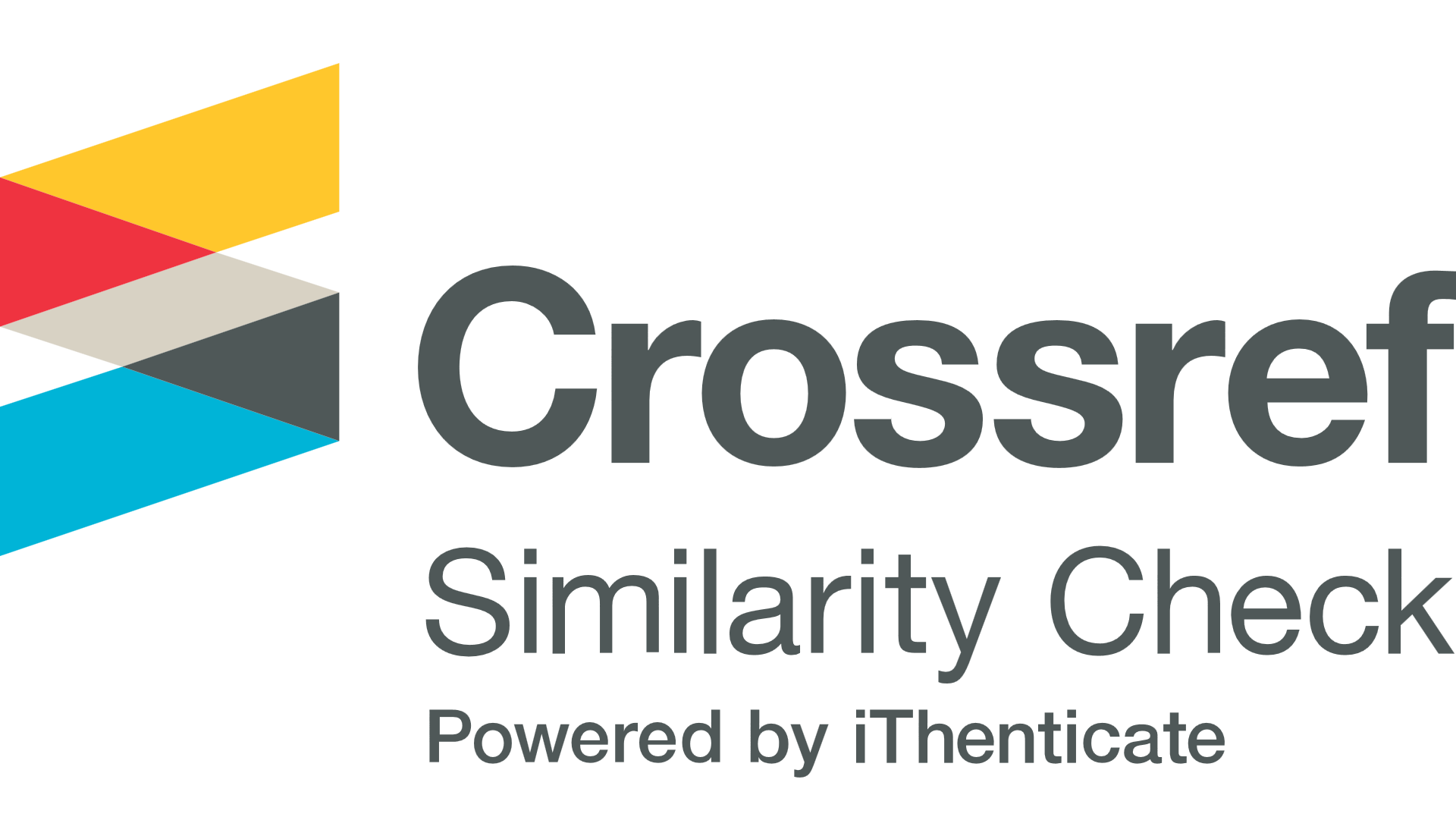Abstract
The primary function of antioxidants is to prevent cellular oxidation, which leads to the production of free radicals. Free radicals are atoms that have lost an electron, making them chemically unbalanced or extremely unstable. In their quest to regain balance, they react with other compounds, breaking their structurethese compounds include cell components, leading to damage, destruction, and deterioration. However, by divine design, antioxidants provide the free electrons that these dangerous free radicals seek, neutralizing them. Antioxidants are found in plants, vegetables, and other natural sources. (Kostaropoulos et al., 2006, 611-616)Scientific studies on the effects of high, moderate, and low-intensity swimming exercises on blood antioxidants remain limited and relatively recent. Studies have shown that such exercises lead to the formation of free radicals due to oxygen consumption (O). Simultaneously, the body produces the necessary antioxidants to counteract these radicals.One study by Kostaropoulos et al. (2006) aimed to compare adaptive responses in antioxidant mechanisms and oxidative stress in the blood of long-distance and short-distance runners. (Kostaropoulos et al., 2006, 611-616)Another study by Pu-his et al. (2004) titled "Changes in Blood Lipid Peroxidation After a Single Session of Intense Exercise" aimed to examine the changes in lipid peroxidation and blood antioxidants after different exercise intensities.Based on previous research, the current study examines the impact of swimming at two different intensities on certain antioxidants as they reflect free radical activity, which negatively affects individual health. Free radicals pose an imperceptible challenge to athletes worldwide, whether in endurance-based activities (aerobic effort) or short-duration, high-intensity activities (anaerobic effort).A review of existing studies show that most studies have focused on oxidative and antioxidant responses to continuous aerobic exertion in various sports. However, studies on antioxidant responses to both aerobic and anaerobic effort in a water-based environment are scarce. This gap led to the current study, which investigates the response of certain antioxidants to two different intensities (aerobic and anaerobic) in swimming.Study Objectives and FindingsThe study aimed to identify the differences in specific antioxidants following 50-meter and 400-meter freestyle swimming. The researcher hypothesized that there would be significant differences in antioxidant levels after these swimming efforts.The study employed statistical tools such as mean, standard deviation, paired t-test, and SPSS v11 for data analysis.The results indicated:A higher increase in malondialdehyde (MDA) levels after the 50-meter freestyle compared to the 400-meter freestyle.A greater decrease in superoxide dismutase (SOD) levels after the 50-meter freestyle compared to the 400-meter freestyle.An increase in catalase levels after the 50-meter freestyle but a decrease following the 400-meter freestyle.RecommendationsThe researcher recommended consuming certain supplements during athletic training to reduce the harmful effects of free radical accumulation. These include fenugreek, ginger, red pepper, pomegranate juice, and grapes, among others.Additionally, further studies should explore:The recovery of enzymatic antioxidants after exertion.The effects of aerobic and anaerobic effort on athletes after administering specific antioxidants (e.g., vitamins) to assess their impact on lipid peroxidation and other antioxidants







